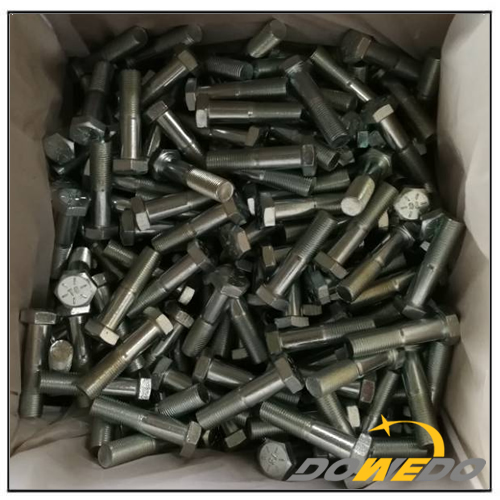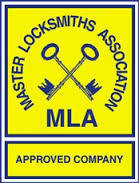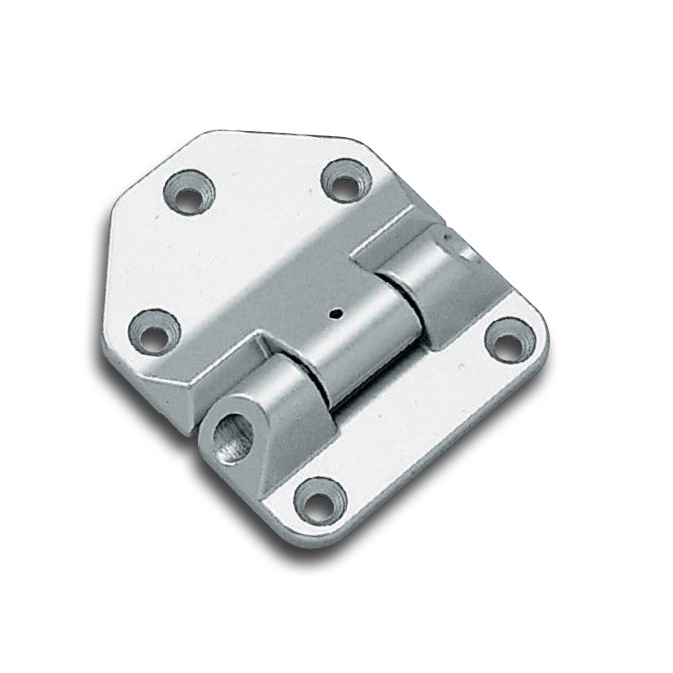LED Lighting for Complete Beginners
Some of my favorite projects to work on with customers involve planning out LED lighting solutions for their home. From experienced electricians to DIY’ers, LED lighting is a great addition to any home. Not only do these lights add value and improved livability, but they require very minimal expertise or effort. These lighting systems can be as simple or complex as you want to make them, but they all consist of a few key components. To understand how to put together a beautiful LED system, we must answer a few key questions:
How many lights/much energy will the system require?
What kind of electricity will power the system?
And finally, what will control the lights?
These questions will inform the three key components of any lighting setup: LED lights, the driver, and the remote and switches needed.
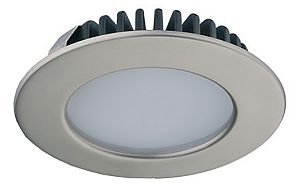
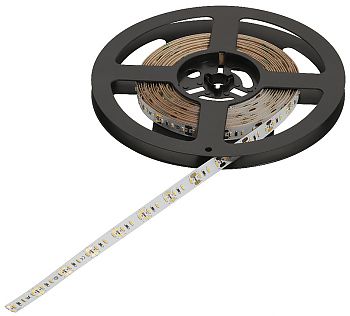
LED Lights
LED lights are most commonly produced in either puck lights or long strips of adhesive-backed ribbons. Each of these designs uses small LED’s (which stands for light-emitting diodes) to produce steady, bright light in a variety of colors and hues. Ribbon, or tape lights, produce a consistent string of lights. They do this by spacing out LED’s every couple of inches on a long strip. By placing these ribbons behind a diffuser, the individual LED’s appear as a single beam of light. This is similar to old halogen tube lights. Puck lights use small clusters of LED’s grouped close together to create a light effect similar to traditional bulbs. However, they accomplish this in a much smaller footprint.
Whether using a long run of tape light, individual pucks, or a pre-cased stick of LED lights, all LED lights use a certain amount of power (or wattage). To know how much wattage your driver will need to produce, you’ll need to know much each light or section of lights will use. For example, if I want to power 10 puck lights that each use 5 watts, I need a driver that produces at least 50 watts.
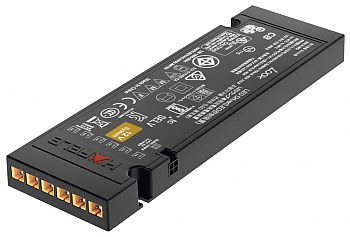
The Driver
The driver will convert the electricity found in your home to the right amount. LED systems from Hafele and Tresco use either 12 or 24 volts of DC. These drivers are also called “step-down transformers.” In addition to the type of electricity these drivers generate, drivers also produce a certain wattage. This measures how much each driver can produce, or how many lights each driver can power. The driver tells us what kind of power and how much power is available for your led lighting.
You can hardwire the driver into your existing electrical system in the house. But you also can plug the driver into an outlet to produce the right electricity for your project. Knowing how big of an area you intend to light or how many lights you plan on using will dictate the proper driver size. In this case, it is always better to have more wattage available than what you plan to need. Using too small of a driver can produce dim or flickering lights that will be more prone to early burnout. The extra wattage will also allow you to add more to your lighting system in the future.
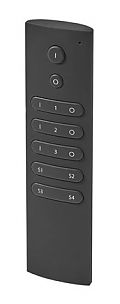
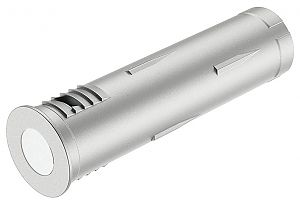
Remotes and Switches
Finally, we need to discuss how to control the lights once they are installed. Remotes continue to increase in popularity as lighting systems become more complex. These remotes can allow the user to create and manage multiple zones, adjust light color and temperature, and even operate two completely separate light systems with one controller. Switches can operate in a variety of ways, including motion detection, infrared, touch control, dimmer functionality, and traditional on/off ability. We offer switches in sleek, low-profile designs that are recessed into the cabinetry. Or, they can tie into traditional wall-plate switch boxes.
Just remember: these components are only the fundamentals of an LED lighting system. Additional accessories can create intelligent and sophisticated lighting solutions for your entire home. Our team of experts will help craft your custom LED project. If necessary, we are happy to work with our partners at Tresco and Hafele to put together even the most elaborate of lighting designs. If you are looking for inspiration or you’re ready to build your custom design, visit the lighting section of the hardwarehut.com to get started.


